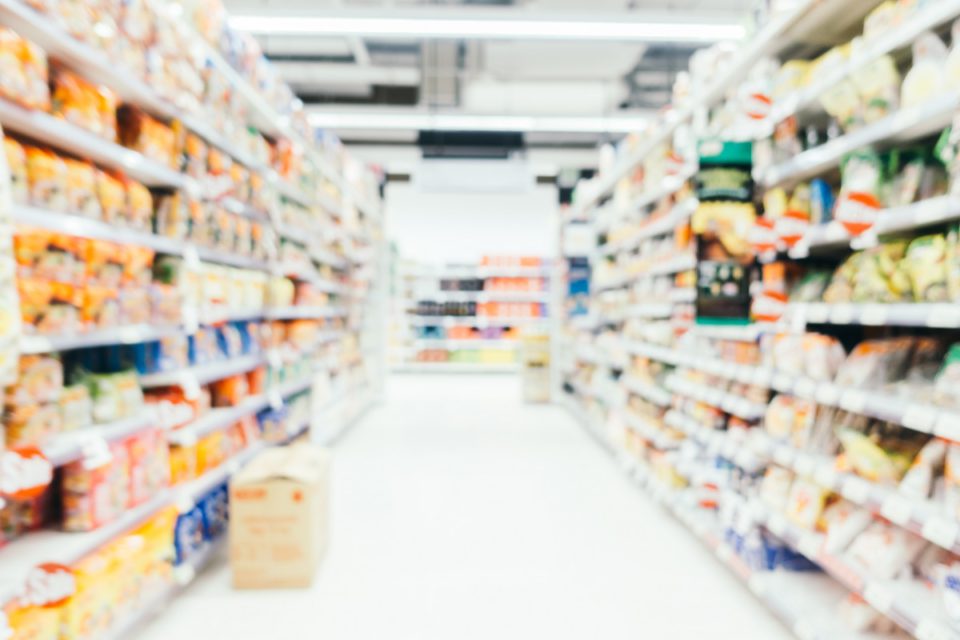Tesco opened its first dark store in 2009 that offered online buyers a convenient click-and-collect or delivery facility. It was a futuristic concept then but after thirteen years, dark stores have become a popular trend and become ubiquitous for retail giants as an omnichannel. A dark store is basically a brick-and-mortar store that has been turned into a consumer goods warehouse. This is the place that acts as a fulfilment centre for one or many online brands where buyers purchase goods online.
Dark stores gained momentum during pandemics when people were restricted to visit physical stores. Also, the ease of buying online pushed the online market ahead and competitive brands now try to deliver goods in the shortest possible time from the nearest dark store. India’s digital payment drive also supports online business to a great extent since many traditional stores still lack online payment options.
In the year beginning, an online grocery store Blinkit introduced more than 200 dark stores that could deliver goods within 10 minutes. The company plans to have many more by the 2022-year end. Likewise, MiniBasket owned by Reliance Retail is also expanding its warehouse capacity to handle a huge number of orders each day. A Forbes recent report stated that the dark store’s concept is accepted globally as it goes beyond the grocery and FMCG segments. Read below to find the advantages and challenges related to dark stores in India.
What is a Dark Store?
A dark store is like a traditional brick-and-mortar store that has been shut down to turn into an operation fulfilment centre. The distribution chain is not open for visitors which allows more inventory space and fulfils orders delivery more accurately. Dark stores offer buyers with options and resources such as same-day delivery, purchasing multiple brand products or pick up from store facility. Although the concept is not new, many companies in India have been trying for quite a few years to include a wide variety of products and operate from dark stores. This is the reason many dark stores are coming up in the past year challenging traditional brick-and-mortar stores.
Advantages of dark stores
Fast and contact-free service offering
Dark stores not only allow consumers to pay money digitally but also offers them home delivery in a short time. All that a consumer need to do is place an order online, make payments and receive the products immediately.
Improved distribution
When physical stores are converted into dark stores, they can fulfil orders quickly and accurately as compared to traditional grocery stores where many customers may visit simultaneously.
Broader consumer reach
With delivery partners and aggregators, dark store owners can supply products to a larger consumer base as they can be accessed from distant places 24/7.
Wider product range
Dark stores do not permit physical visits of customers. Thus, their layout and inventory planning can be made more strategically keeping in mind about quick delivery of a wider range of products. Improved storage capacity also means good product assortment and faster picking for door delivery.
Challenges of running Dark Stores from owners’ perspective
Delivery made at low costs
Many online grocery stores and aggregators try to become cost-leader and service leaders to lead others in the market. But with all these facilities, profitability is impacted negatively which also restricts future growth. But grocery chains can enhance their capacity to profitably serve client demand by strategically placing their inventory. By being more proactive in anticipating consumer needs, increasing product availability more efficiently, and giving greater processing, they can start winning on customer experience.
Having forecast accuracy
Forecasting demand is important for grocery service providers who seek to fulfil consumer delivery requests timely. For this, companies will have to implement big data management in their dark stores that can collect, process and represent consumer demand data timely for the store owners. Unlike traditional physical stores, the dark store needs to forecast data accurately by using online channels and competition all around.
Perishable good challenge
In general, grocery stores have both perishable and non-perishable items. Many grocery products include dairy, meat, vegetable and fruit products which have short expiry window. If a product becomes pale, it cannot be delivered to the customer. Thus, delivering every perishable item freshly is another challenge faced by dark stores. Having ample room, clear visibility for pickers and flawless inventory control capabilities in Dark Stores allows store owners to maintain the appropriate level of freshness for perishable items and reduce the time between home deliveries.
